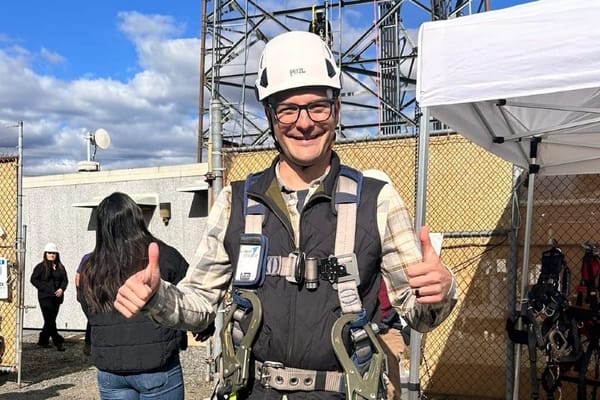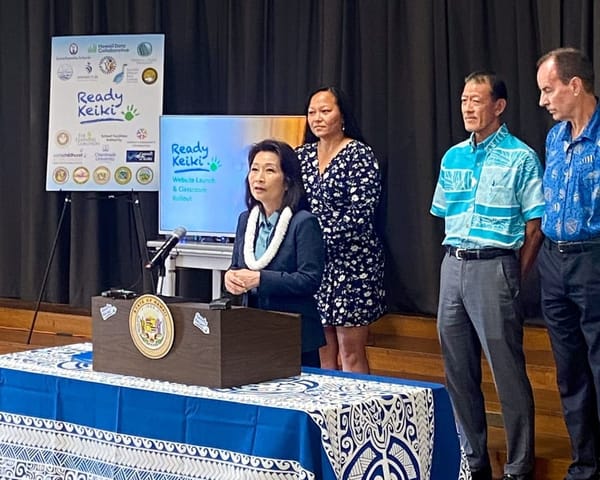Online Safety and Technology Working Group Makes Final Report to NTIA
WASHINGTON, June 8, 2010 – The Online Safety and Technology Working Group (OSTWIG) have just released their report on how the government can help parents and industry protect children while on the internet. OSTWG was established by the “Broadband Data Improvement Act” (the Act), Pub. L. No. 110–385
WASHINGTON, June 8, 2010 – The Online Safety and Technology Working Group (OSTWIG) have just released their report on how the government can help parents and industry protect children while on the internet. OSTWG was established by the “Broadband Data Improvement Act” (the Act), Pub. L. No. 110–385 Section 214 of the Act. The group broke itself down into 4 subgroups: Internet Safety Education, Parental Controls & Child Protection Technology, Child Pornography Reporting and Data Retention.
The subcommittee on Internet Safety Education concluded that the traditional issues which parents were concerned with such as child predators are no longer as much of an issue as newer issues which have risen from the massive adoption of social networking sites. These new issues include things such as cyberbullying or sexting. They found that rather than a single solution to combat these issues the government needs to look at various methods.
“This “levels of prevention” method would represent a tailored and scalable approach and factor in the high correlation between offline and online risk. The approach would also work in concert with non-fear-based, social-norms education, which promotes and establishes a baseline norm of good behavior online” They suggest the creation of a Digital Literacy Corps which would help educate children from K-12. Additionally they feel that digital literacy should become an integral part of K-12 education.
The next subcommittee was on Parental Controls & Child Protection Technology it recommended that the government should work with parents and various stakeholders to look at specific issues and how to combat them rather than trying a single top down approach. “The best of these technologies work in tandem with educational strategies, parental involvement, and other approaches to guide and mentor children, supplementing but not supplanting the educational and mentoring roles. These products and services need to be designed with the needs of families in mind, being easy to use, accessible, flexible, and comprehensible for the typical parent.”
The work of the subcommittee on Child Pornography while mandated by the act the specific section which authorized it was repealed. The “subcommittee endeavored to compare and contrast § 13032 with its de facto replacement, now codified in 18 U.S.C. §§ 2258A through 2258D via the PROTECT Our 8 Online Safety and Technology Working Group Children Act of 2008. Although § 13032 was a significant step forward in requiring service providers to report apparent child pornography when discovered, it lacked specificity in several key areas, including what additional information relating to the reported content would be valuable for law enforcement and whether any explicit criminal immunity would be granted to service providers who were implicitly tasked with transmitting potentially illegal images to the National Center for Missing and Exploited Children (NCMEC).”
This new act has had an immediate affect and the number of reports received by the NCMEC has increased by over 84%. The subcommittee did however make some basic recommendations which include providing tax credits to ISPs to help them combat the cost of dealing with the additional burden they face when helping law enforcement enforce this act. They also suggest providing counseling for the individuals who are tasked with dealing with the child pornography in order to help them deal with the disturbing imagery.
The final subcommittee was on Data retention which looked at how maintaining data is necessary in prosecuting offenders. The issue however has three main constituencies’ law enforcement, privacy advocates and internet service providers. Law enforcement would like the most amount of data saved in order to be able to mine for offending images. Privacy advocates while understanding the need to protect children and catch criminals wants minimal data to be saved. And ISPs want to work with both groups to protect consumer privacy while assisting law enforcement but don’t want to have to pay for the data to be saved.
Even with the decreasing cost of storage it still presents a huge burden on ISPs to save all the possible data. The subcommittee recommends that the federal government make a single retention policy for all the states and federal government to follow in order to simplify retention policies for ISPs. “Congress should assess the results of the data preservation procedures enacted in the PROTECT Our Children Act before considering mandatory data retention.”
OSTWIG Co-Chairs Anne Collier, Co-Director of the ConnectSafely.org and Hemanshu Nigam, Founder SSP Blue and the Formerly Chief Security Officer ,News Corporation presented a few recommendations of their own. Their first recommendation is that any future panel be given adequate time and resources to complete the task; “if constrained as we were by the Paperwork Reduction Act, and sufficient resources, such as funds for travel by members and speakers and funds for meeting accommodations and staff support. An unfunded mandate creates obstacles that can easily distract from the great work that such mandates can lead to by placing undue burdens on the citizens called upon to serve the American public.”
The next recommendation is that the government look into each of the recommendations to determine which will be the most effective and when looking at the recommendations it should take a multi-stakeholder approach. By speaking with all the different constituencies the government will be able determine what each group needs and wants. Finally they suggest publicizing the new programs they create inorder to inform the public as to what is being done to protect their children.






